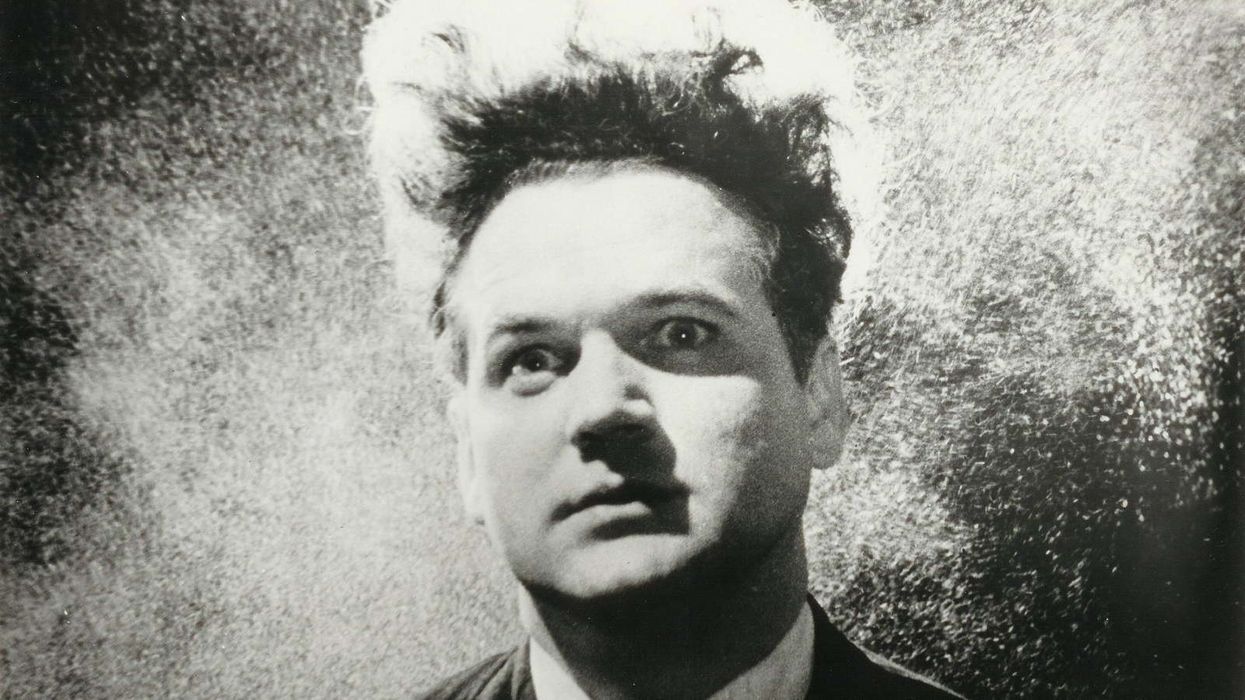We’ve heard from countless directors that the key to success in any production is preparation. Multiply that times infinity when you’re working within a microbudget, where there is even less time and money to make up for poor planning.
As we mentioned in Part 1 of this series, which addressed budgeting and pre-production, one of the best ways to avoid microbudget pitfalls and ensure the most successful shoot possible is to know the right questions to answer early on in the process. Filmmaker Paul Harrill of Self-Reliant Film introduced many of these critical queries at seminar at New York’s IFP Made in NY Media Center; the second half of our takeaways are below.
If you didn’t get a chance to read the first five crucial questions yet, check them out here first.
6. How much money can you raise right now?
A typical approach to budgeting, especially for beginner filmmakers, is to look at everything you want to do with your movie and then come up with a number for how much it would cost to accomplish those things. Harrill, however, suggests flipping that thinking on its head. Here's a more pragmatic approach: “Instead of asking how much this is going to cost, ask how much can I raise, and back into the budget from there.”
To figure out how much you can raise, do an assessment of all your possible funding sources and how much you are likely to obtain from each. Sources might include investors, crowdfunding, grants, or your own personal contributions, for example.

If investors make it to your list of funding sources, congratulations. But even someone interested in the project won’t just hand over a check. You’ll need to set up protections and a legal framework for the investment—both for yourself and for the investors.
This starts with determining what kind of business structure you’ll use (LLCs are traditional business structures for feature films). In the US, you’ll also need to learn the specific legal guidelines of your state regarding accredited investors and which papers you’ll have to file with the SEC to accept investments.
If this seems daunting, there are organizations like New York's free Indie Film Clinic and the Volunteer Lawyers for the Arts specifically set up to help creatives in your position.
It's extremely important to be careful about your locations; avoid their hidden costs, and you can keep your budget within reason.
8. Does anything in your script add an unnecessary production cost?
One of the biggest favors you can do for your production is to find ways to avoid extra expenses. A step in the right direction is scouring your script for things that can get overly costly. If you identify anything superfluous, cut it out or find a workaround. For example, if a concert scene is critical to your story, can you shoot a dialogue scene outside the concert, rather than a potentially expensive and production-heavy crowd scene inside?
Although he admits that there’s an exception to every rule, Harrill warns against a list of things that can get expensive, including too many locations, too many characters, shooting with children and animals (“not because they’re difficult, but because they’re regulated”), stunts, period requirements, and gun scenes.
And then there’s the oldest one in the book: music. If the only possible way you can envision your film is with that Beatles song in the opening credits, you might want to keep your day job.

9. Are your locations practical for filming?
10 additional cautionary questions could easily be written just about location. It's extremely important to be careful about your shoot sites; avoid their hidden costs, and you can keep your budget within reason.
Of course, there are lots of things to assess about locations in terms of aesthetics and feasibility, but here are some of the important factors:
- Are there bathrooms available or will you have to rent portable facilities?
- What is the power situation? Do you need to bring a generator?
- Do you need a permit to shoot there? If so, what does it cost?
Harrill offers another potentially cost-saving pro-tip: take photos of each location before your gear and set come in. This way, you have proof you didn’t mess up the location in case someone accuses you of that later.
10. How can you optimize shoot days?
After digging through your script to weed out unnecessary expenditures, you’ll need to plan your shoot days. Of course, this goes for any production, but with a microbudget, you must be extra strategic.
You can begin this process by planning shoots in conditional clusters, like grouping day and night or interior and exterior shoots together, or planning according to actor availability.
According to Harrill, the budget shouldn’t be your only concern here; you should also take performance and crew energy into consideration. Although even larger-budget productions can’t usually afford to shoot in sequence, you should ask yourself: Can you set up mini-sequences that make sense within your budget while also helping cast and crew capture the best and most authentic flow of the narrative?
If you want to explore these questions in depth, Paul Harrill will be teaching The Business of Microbudget Filmmaking at the IFP Made in NY Media Center again this summer, so stay tuned to the class schedule. Featured image is from David Lynch's classic microbudget 'Eraserhead', which was made for a reported $20,000.












